Numeracy and Data Analysis: Weather Data Report for Lewisham, London
VerifiedAdded on 2023/01/12
|10
|1437
|1
Report
AI Summary
This report presents a comprehensive data analysis of Lewisham's weather conditions, focusing on wind speed and humidity over a 10-day period. The analysis begins with data presentation, followed by graphical representations using line and column graphs. Descriptive statistics, including mean, median, mode, range, and standard deviation, are calculated to provide insights into the data's central tendencies and variability. The report then employs linear forecasting to predict future weather patterns, calculating the 'm' and 'c' values to forecast wind speed for specific days. The conclusion summarizes the findings, highlighting the fluctuating weather trends and the forecasted humidity levels. The report references relevant statistical methods and data sources to support its analysis.
1 out of 10
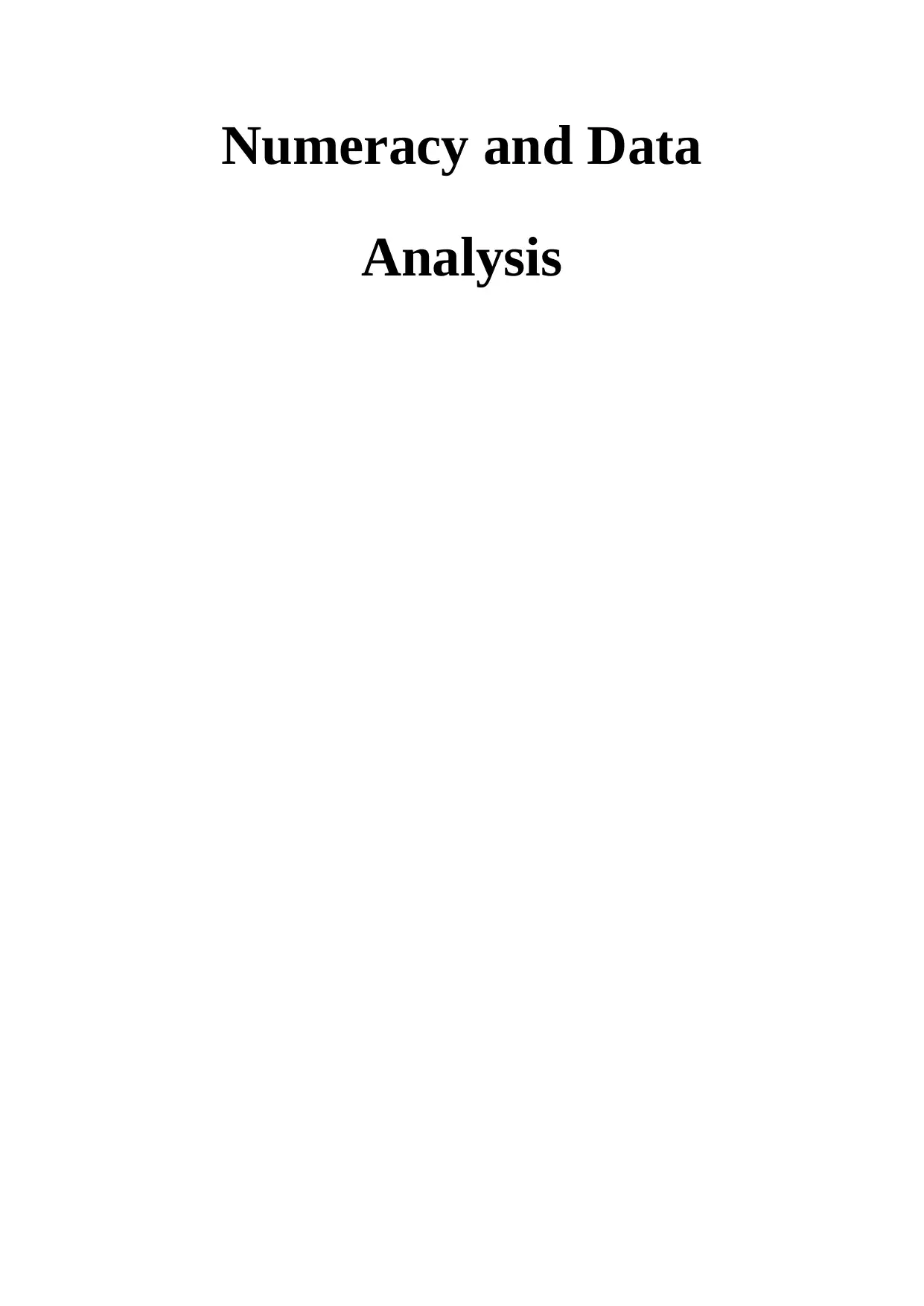
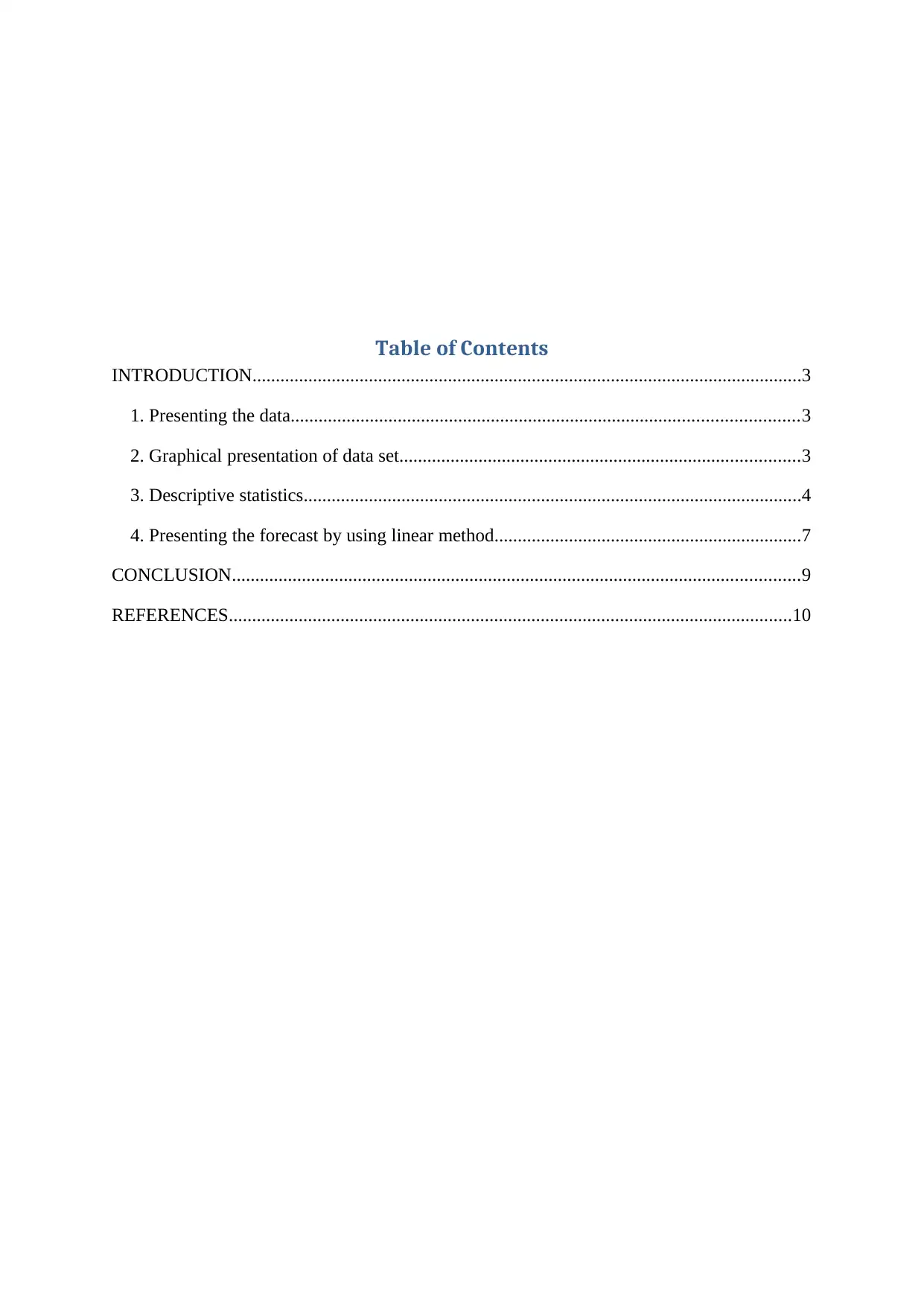
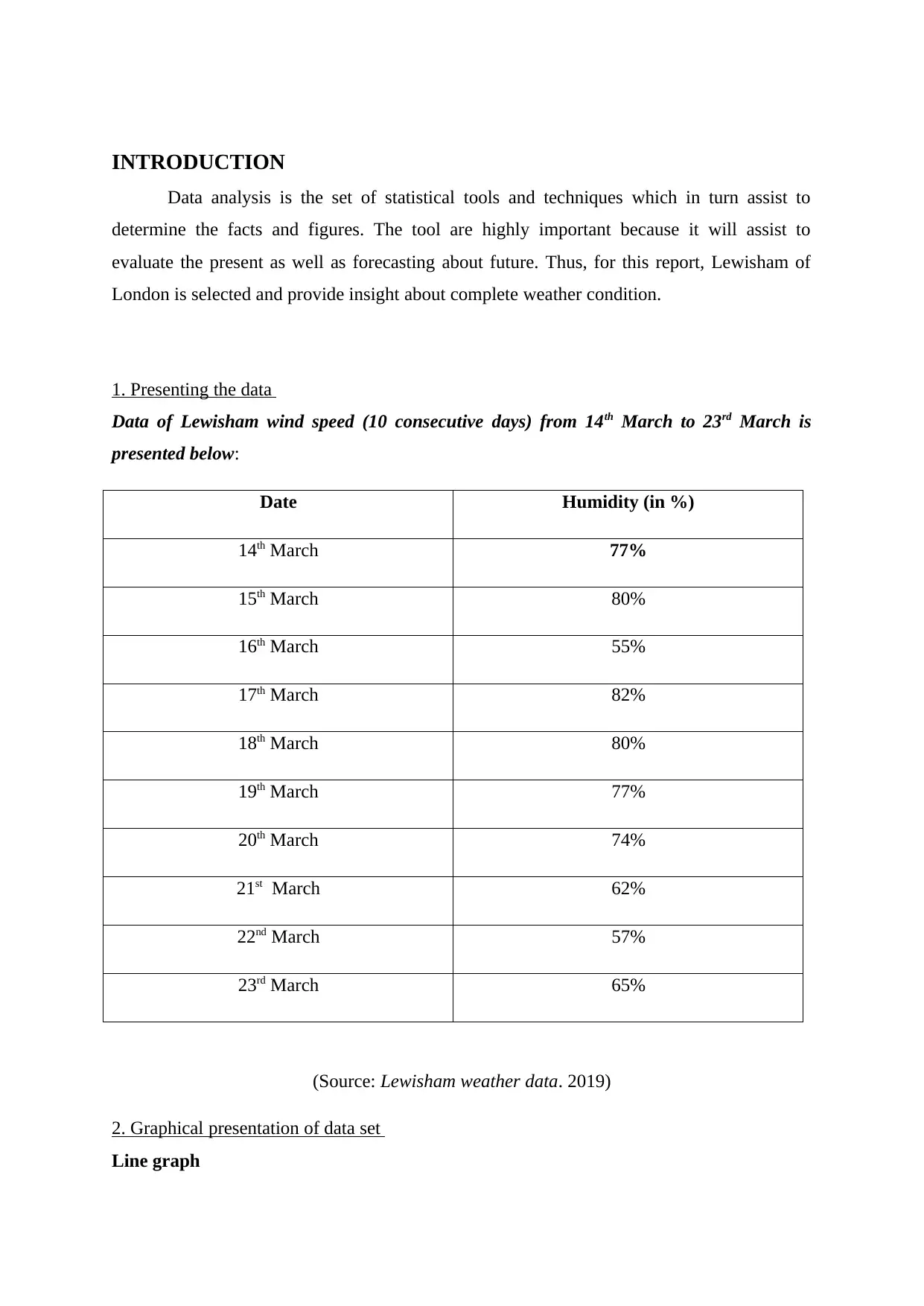
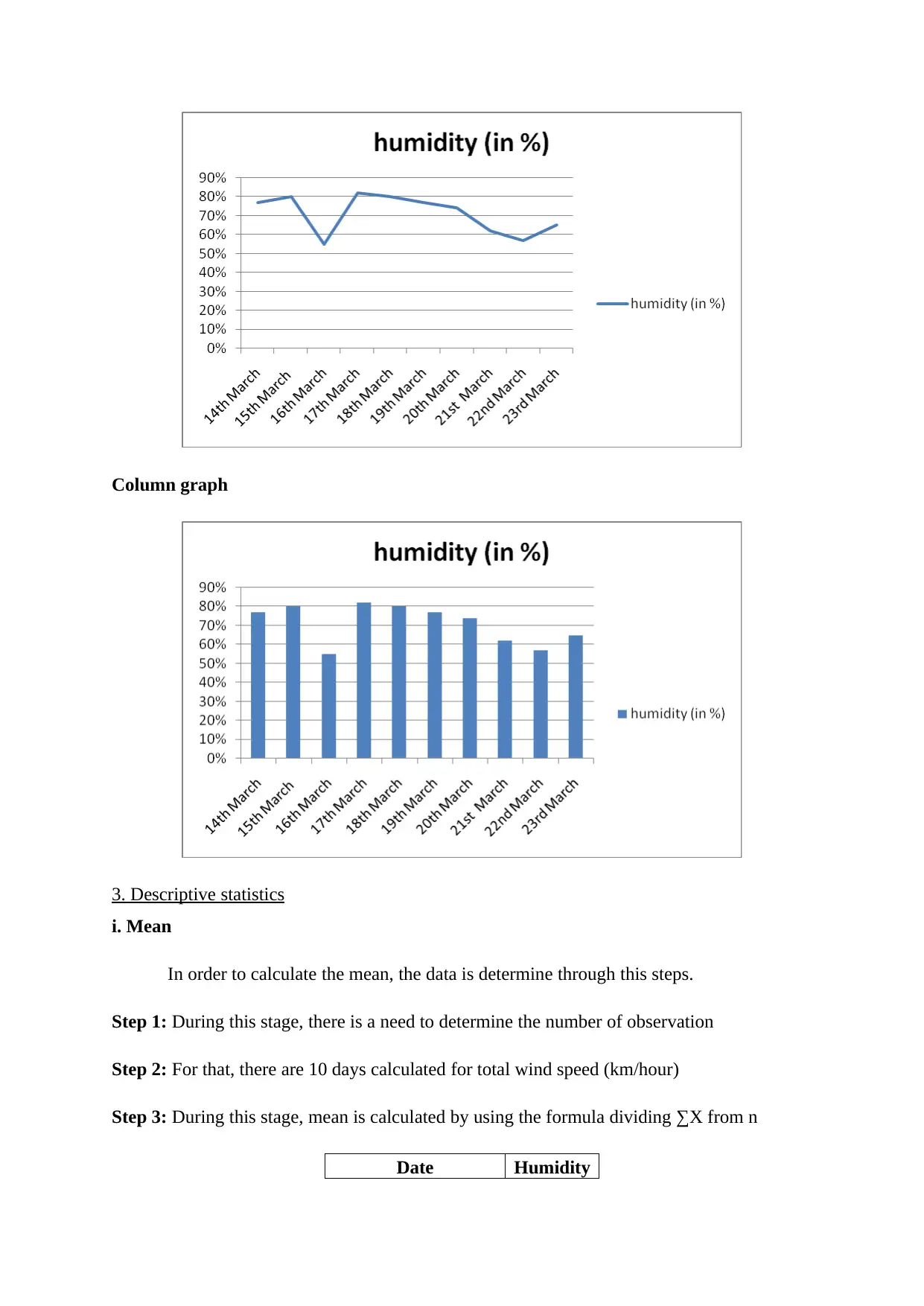
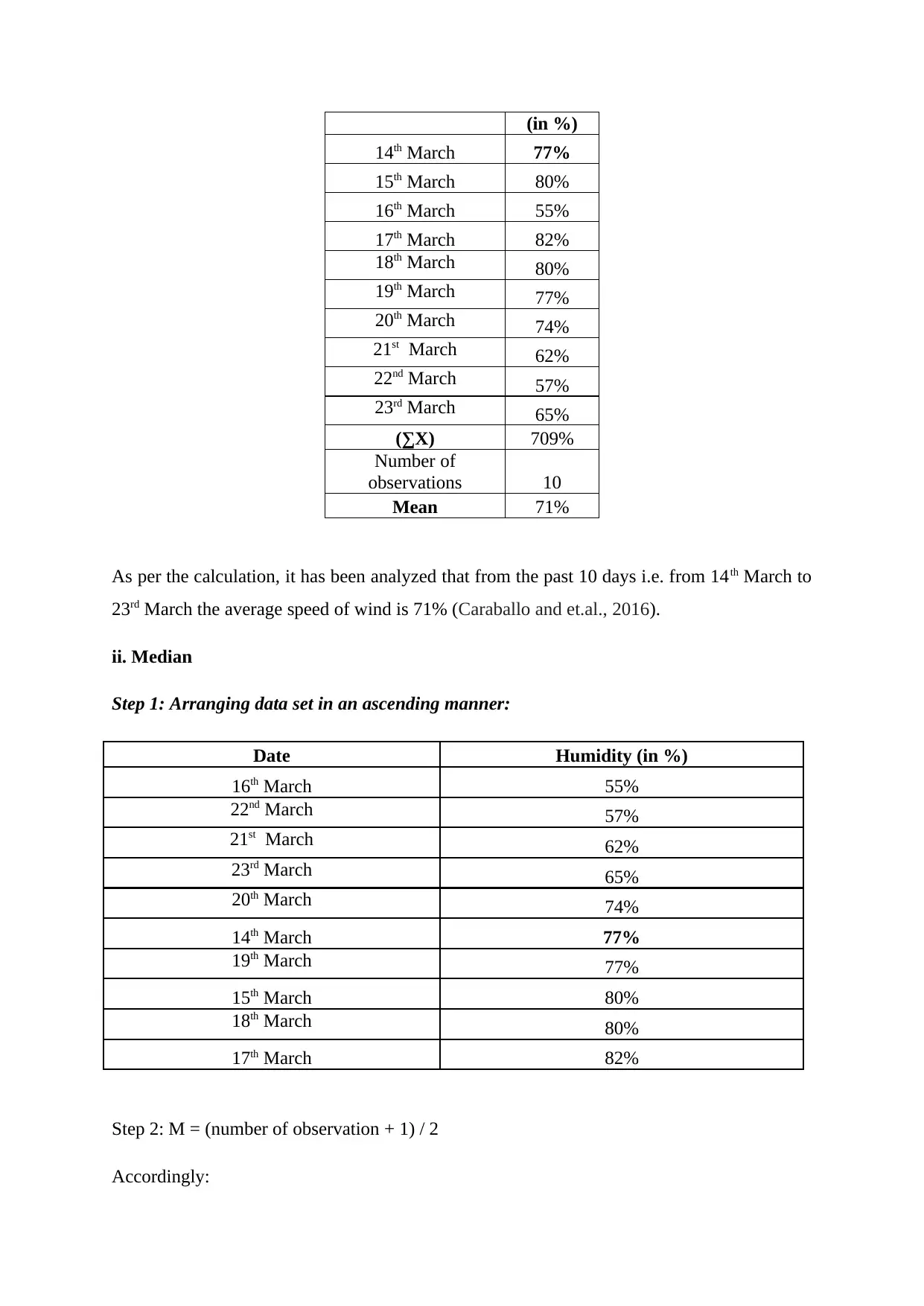
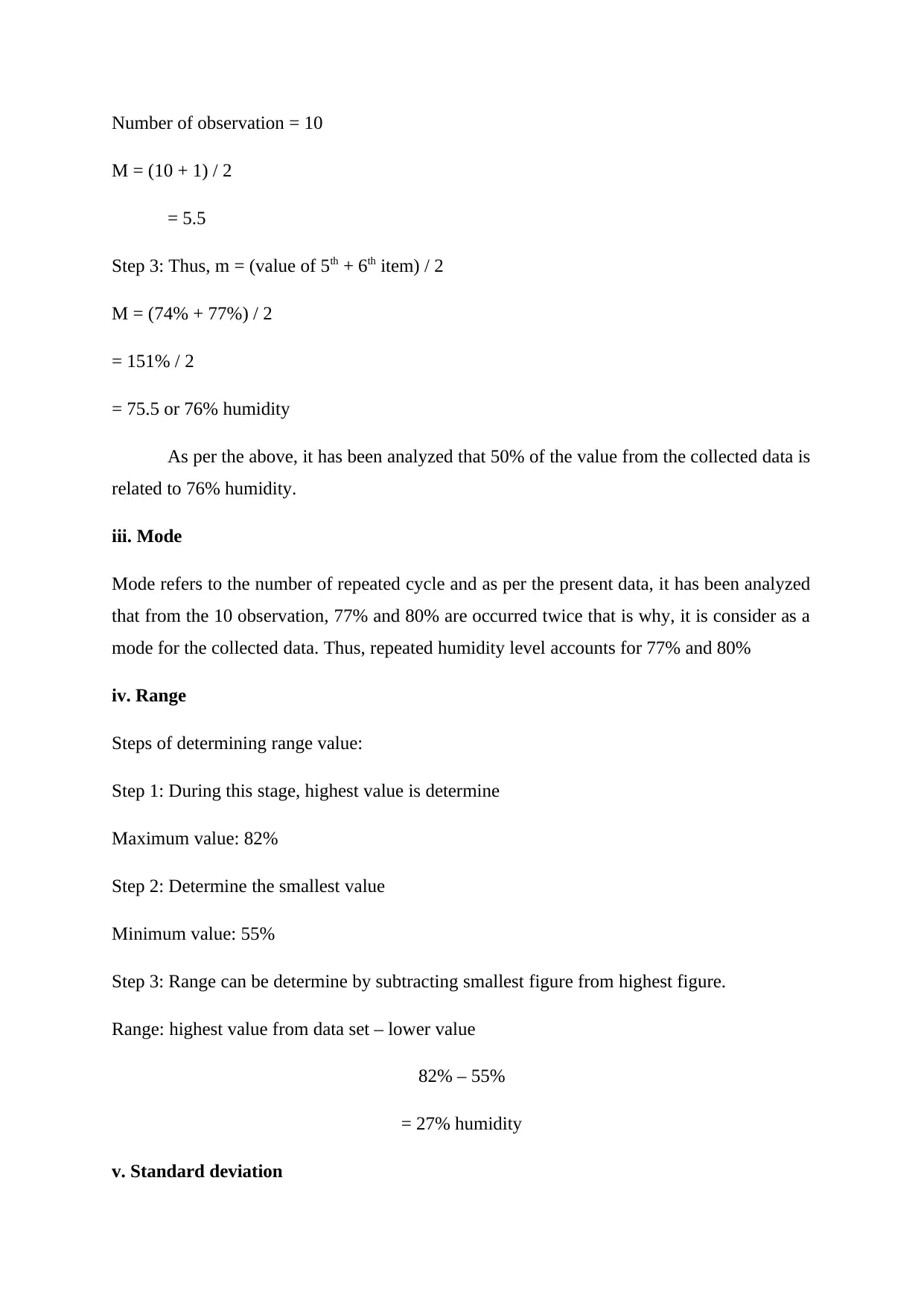
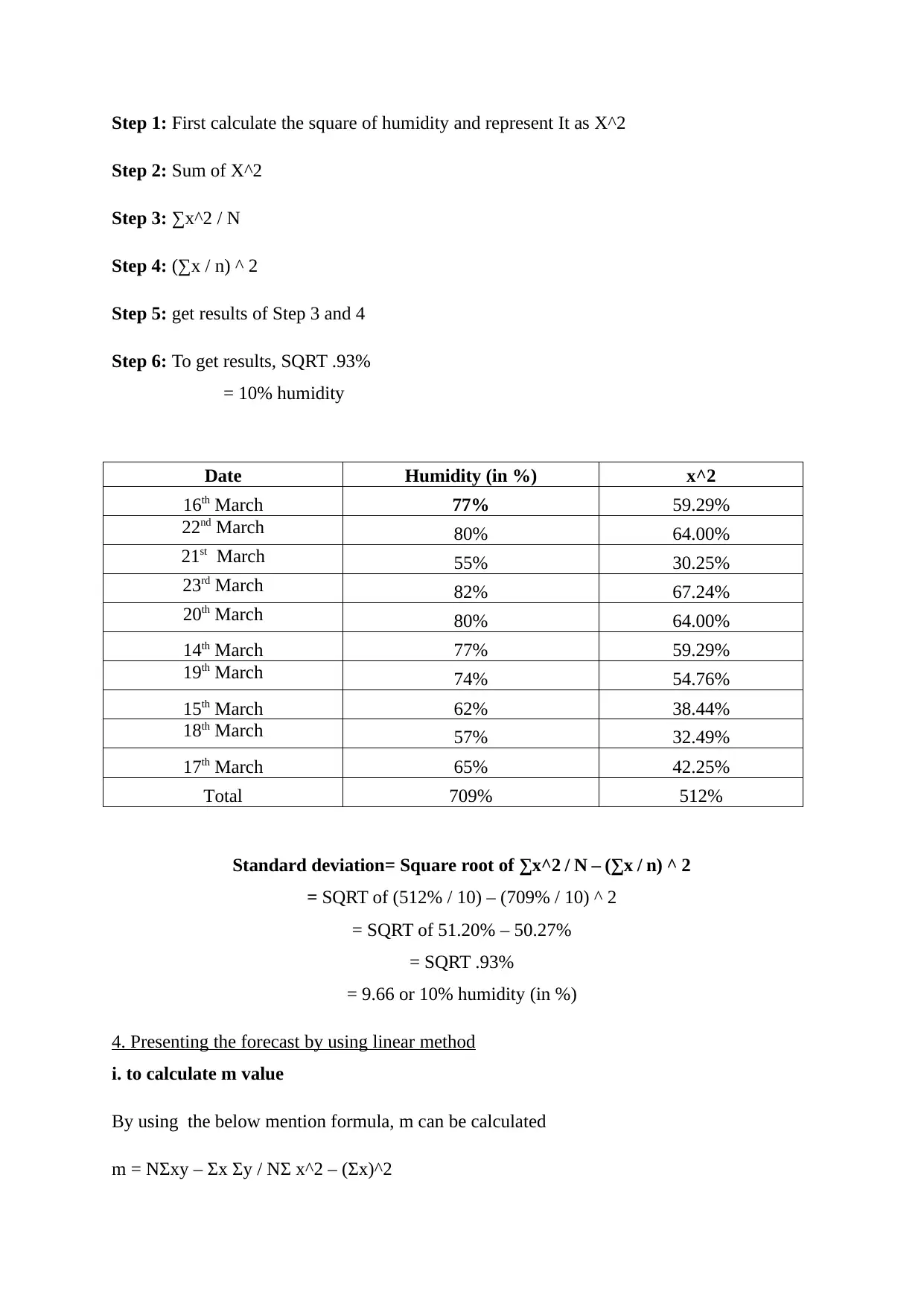

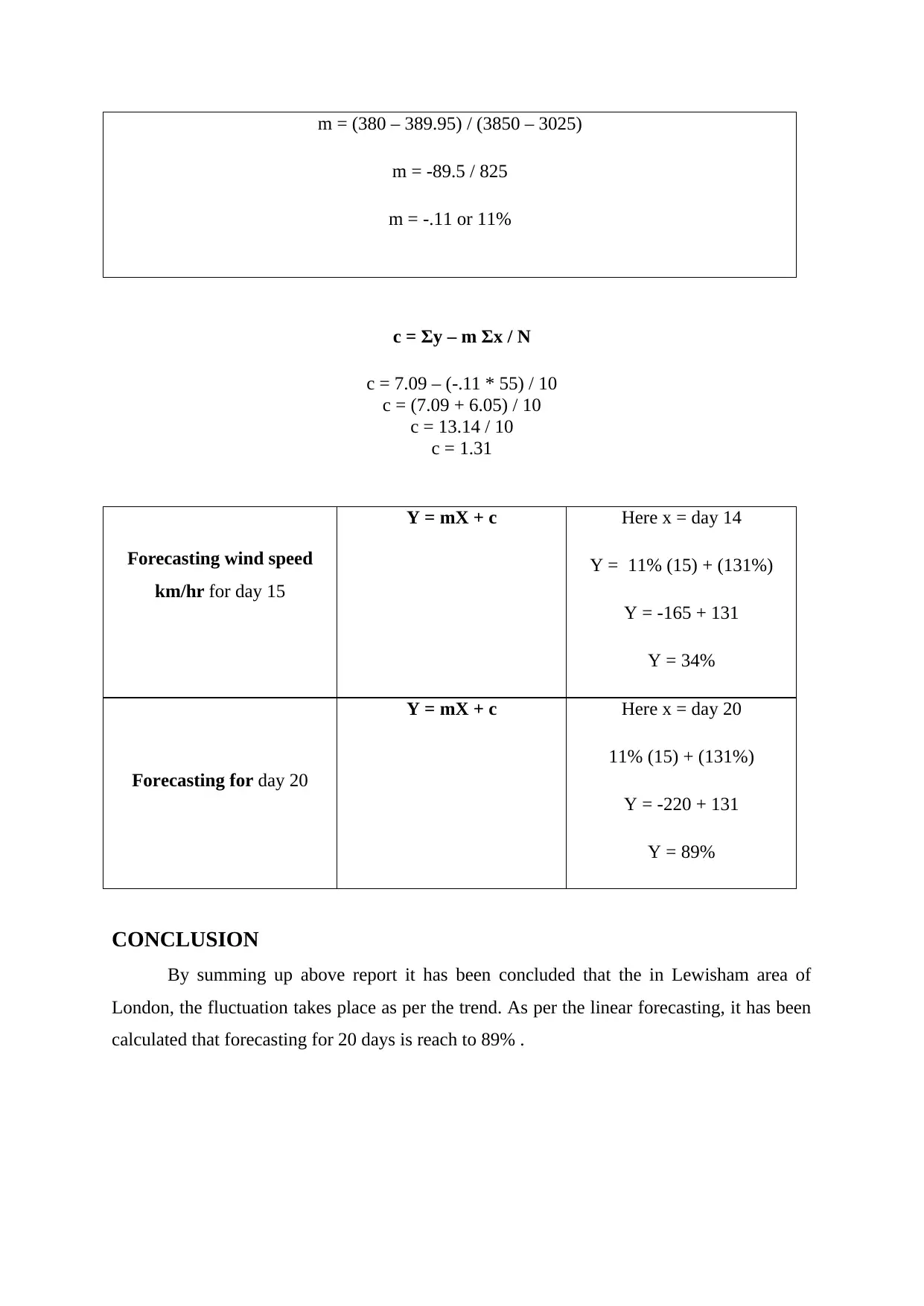
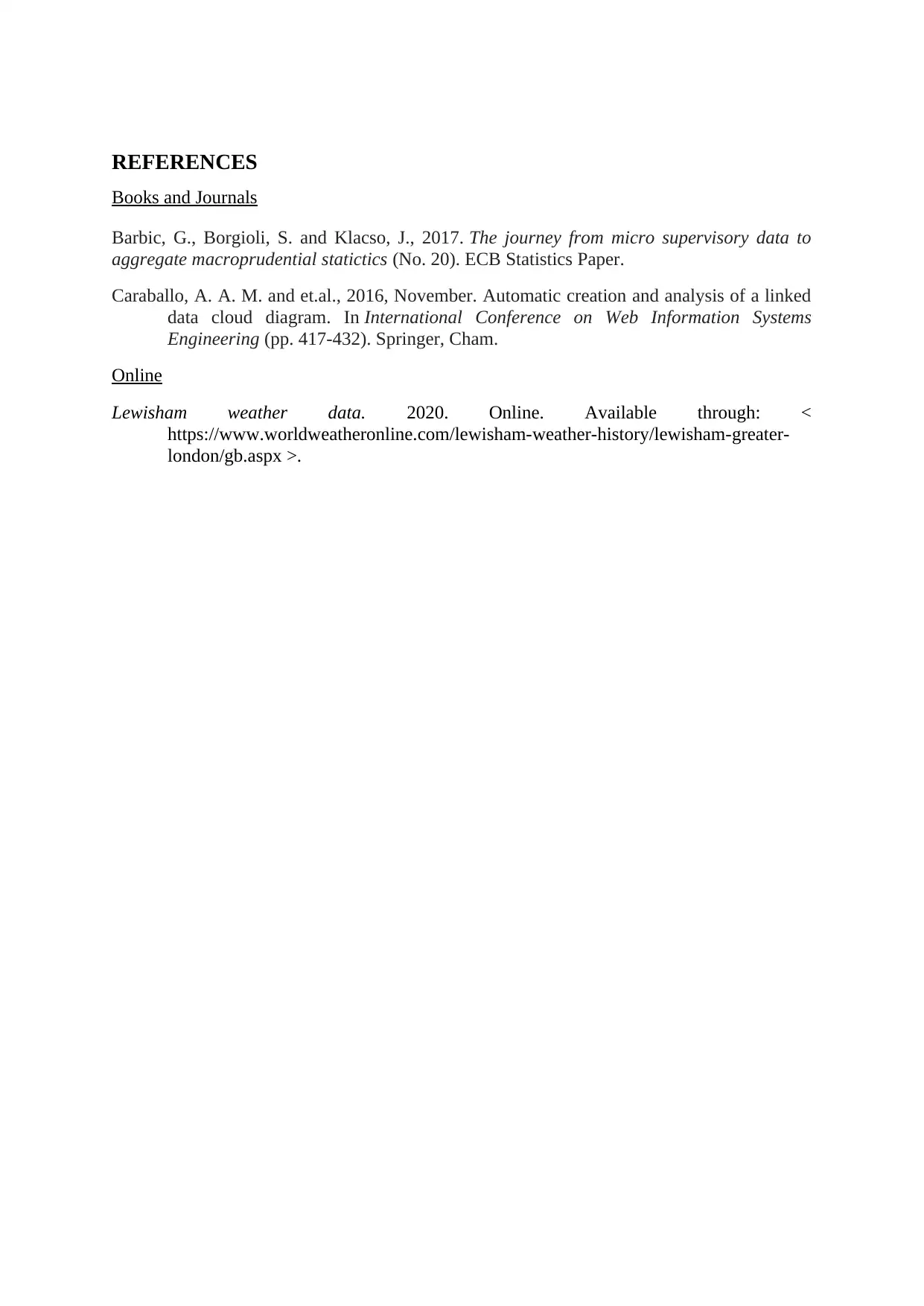


![[object Object]](/_next/static/media/star-bottom.7253800d.svg)